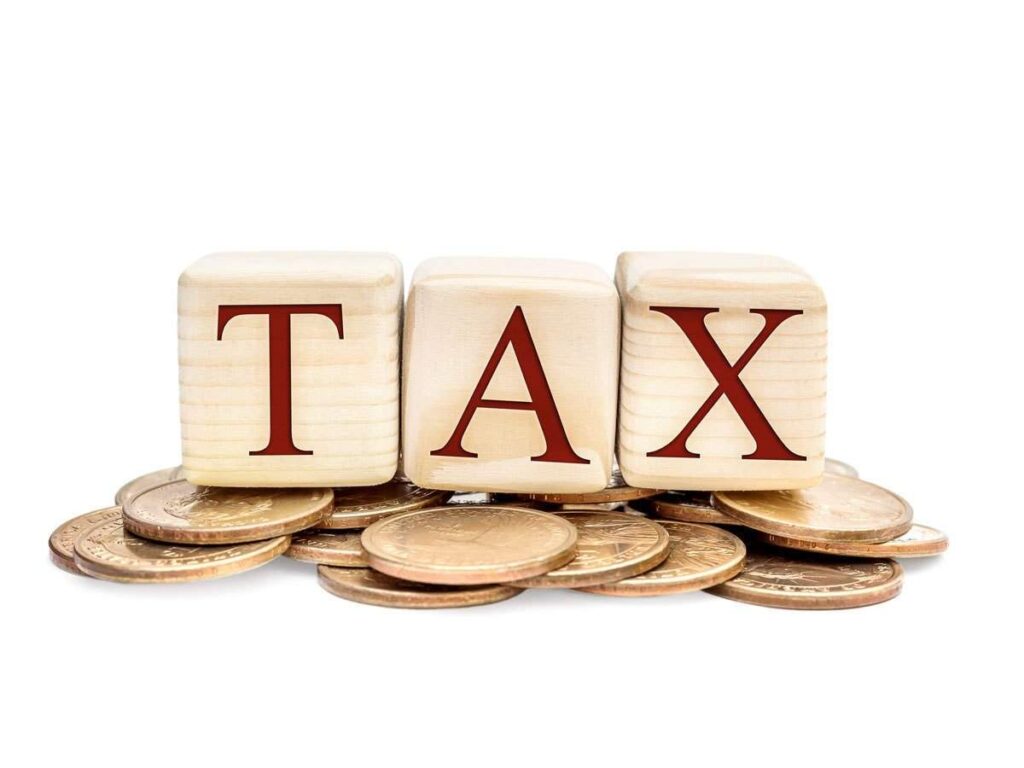
With the financial year 2023-24 approaching its conclusion, individuals and investors are scrutinizing ways to effectively reduce their tax liabilities while enhancing savings. The introduction of a dual tax regime by the government necessitates a comprehensive understanding of both to choose the most beneficial option.
The new tax regime, introduced in the 2020 Budget under Section 115BAC, offers a simplified structure with lower tax rates, albeit at the cost of forgoing most deductions and exemptions that the old regime provided. This regime now stands as the default choice, automatically applying to taxpayers unless they specifically opt for the old regime.
Under the new system, tax slabs have been recalibrated to extend a broad range of rates from 5% for incomes between Rs 3 lakh to Rs 6 lakh, up to 30% for those earning above Rs 15 lakh. Notably, an income of up to Rs 3 lakh incurs no tax, and a rebate on incomes up to Rs 7 lakh offers relief, making it a viable option for individuals with an annual salary up to Rs 7.5 lakh.
Despite the scaled-back list of deductions in the new regime, taxpayers can still leverage certain allowances and exemptions. These include a standard deduction of Rs 50,000 applicable to all, a cap on deductions for long-term capital gains from equities and mutual funds at Rs 1 lakh, and exemptions related to specific allowances such as transport and employer contributions to the National Pension System (NPS). Understanding these remaining benefits is crucial for taxpayers aiming to maximize their savings under the new tax regime as they navigate the financial landscape of the upcoming fiscal year.




































Leave a Reply